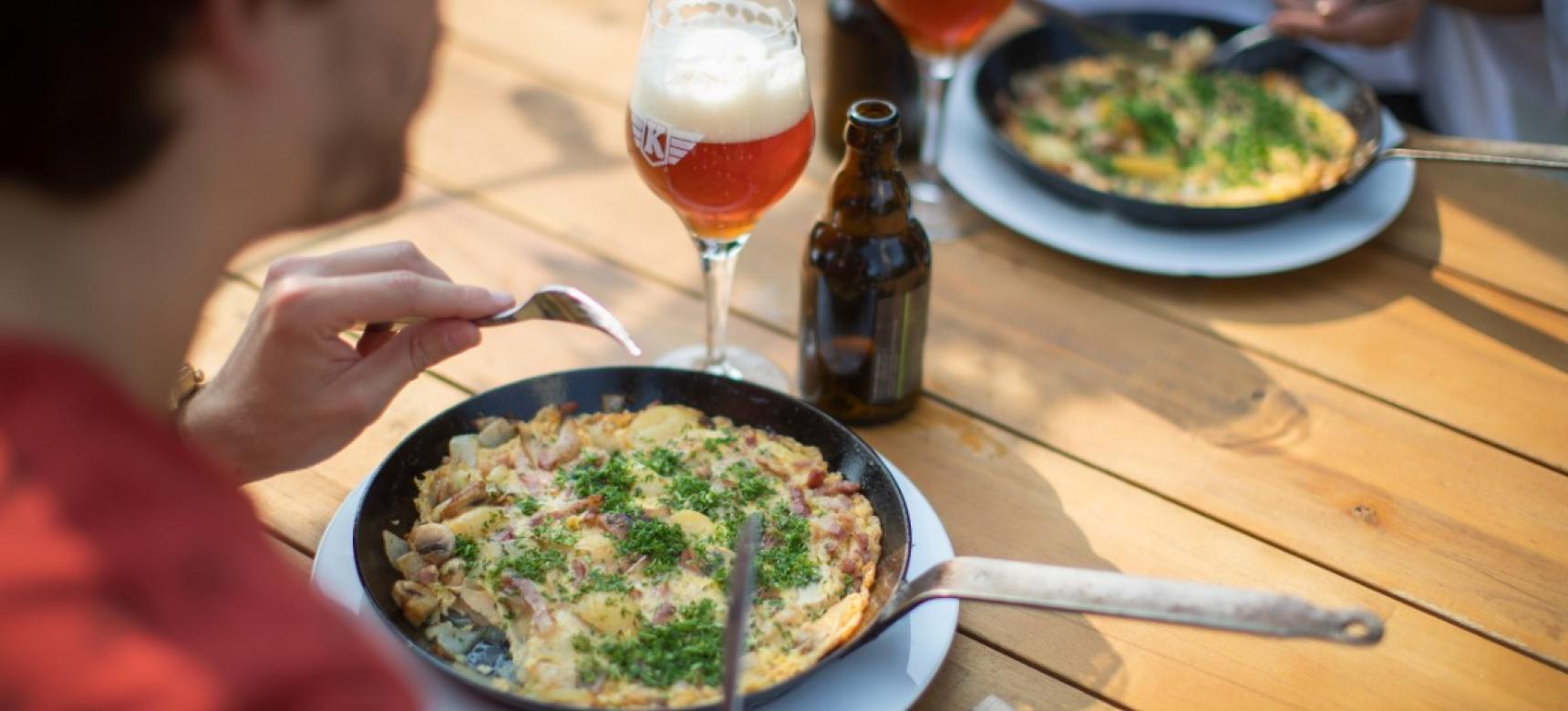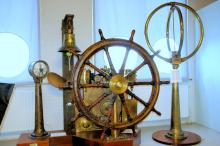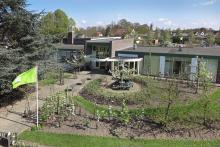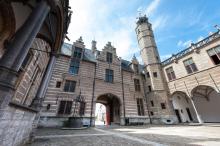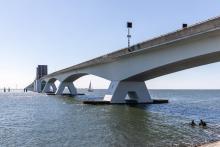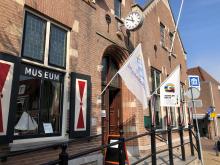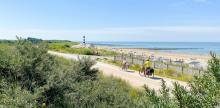The culinary history of the Scheldt region is closely intertwined with its soil and nature. The varied estuary landscape provides diverse ingredients for countless (regional) dishes.
From the land
The first people who passed through these regions lived off what they hunted, fished and gathered locally. Later people settled permanently in a certain place and dedicated themselves to agriculture and/or fishing. With the rise of the cities, and the accompanying population growth, there was a need for more food. The Scheldt estuary became the production area for sufficient food.
In the course of the seventeenth century, commercial grain farming developed in the sea clay polders. This wheat had a good reputation at home and abroad. In addition to the standard resources, there was now room for potatoes, sugar beets and onions.
The presence of sandy soils also provided the opportunity to grow other crops, including asparagus. Asparagus does well on permeable sandy soils with a high groundwater level. The Brabant Escarpment is also known as the oldest growing area of asparagus in the Netherlands.
We go back in time for a moment, to the late Middle Ages. Then there was an emergence of standard fruit cultivation. In the beginning it was mainly directed at farms but this also expanded to a commercial character. As a result, the cultivation of strawberries gradually emerged.
In the Rupel region, you can fill your belly with "boomse schep", better known as horse stew. Those same horses used to pull carts with clay and other raw materials.
Of course, an appropriate beer to accompany the boomse schep is not to be missed. Beer has been brewed in the Scheldt region since the Middle Ages. Drinking beer was preferable to drinking water from the often polluted city canals or cisterns. In Flanders, beer culture never went away, and in Zeeland it has been experiencing a revival for some time.
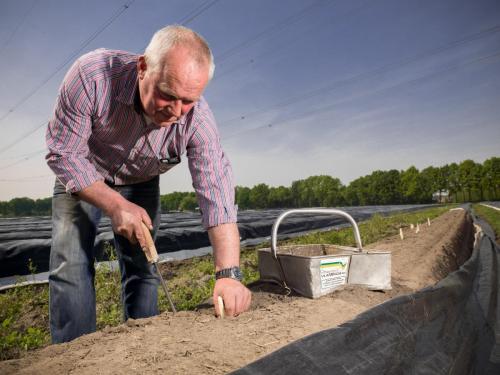
Out of the water
Fish, shellfish and crustaceans have been caught and consumed since the earliest times. In the salt-water-soaked moorland, salt was also extracted from the late Iron Age. This was used to preserve fish and meat. Gradually, the Romans introduced "allec," a spiced salty fish sauce made from mussels, cockles and fatty fish such as anchovies, sprat and other herring-like species found in the waters here.
Fishing became an increasingly important part of the economy. More and more people began to fish. Fishing included halibut, turbot, haddock and shrimp. In the late nineteenth century, people turned to artificially farming shellfish. Such as lobsters, crabs, and razor clams. Yerseke became famous for it. Together with cockles, these shellfish are among the famous salty delights of Zeeland.
Storm surges from the sixteenth century onwards had created less deep spots of drowned land in the Eastern Scheldt and sandbars where the water temperature is higher. A flourishing eel fishery developed in the fresh water of the creeks of Meetjesland and the pool areas on Schouwen-Duiveland, among others. Mariakerke located in a Scheldemeander near Bornem, is an old fishing village where eel, smelt, flounder, salmon and sturgeon, among others, were fished. The well-known dish "Eel in 't groen" originates from this region.
On the border between land and sea
On the border between land and sea we find salty salt marshes where the population cut samphire and sea lavender. In the saltwater-soaked moorland, salt was also extracted from the late Iron Age and used to preserve fish and meat.
Discover and experience
Farm (or homestead) and regional products are available at local outlets throughout the area. Numerous restaurants feature fresh local produce, such as Zeeland's "salty delights" on the menu. Asparagus, anchovies and strawberries make up the well-known menu of the Brabant Escarpment, which is reserved in restaurants. In pure-Sint-Amands, the asparagus festival takes place every year. The Fruitteeltmuseum in Kapelle is - the name says it all - dedicated to fruit growing in Zeeland. In Yerseke you can visit the oyster wells and the OosterscheldeMuseum. In Breskens and Bruinisse there are fishing museums. In the Markiezenhof in Bergen op Zoom, you can learn more about weather fishing. This city also hosts the culinary festival proefMei every year. In Mariakerke there is the Maritime and Fisheries Museum and the annual eel festival and Fish and Folklore Festival are held. In Boekhoute, the fishing vessel Bou-8 and the annual shrimp festival keep the memory of the fishing past alive.
Real regional products are of course also plenty to be found in Geopark Schelde Delta. Through this link you can discover all Flemish regional products and even recipes to cook with them. Here you can find Zeeland's regional products with the "Zeker Zeeuws" seal of quality.
